This article may contain affiliate links.
Updated: October 25, 2025
Did you know that wearing high heels is banned at some archaeological sites in Greece, or that the world’s first vending machine was invented there?
This country isn’t just full of ancient history and beautiful beaches—it’s also packed with fascinating facts that will truly surprise you.
In this article, I’ll share some of the most interesting facts about Greece: its history, culture, food, inventions, traditions, and modern customs. Some will make you smile, others might amaze you, but all of them will help you get to know this incredible country a little better.
Historical and Mythological Facts
1. Country name
The word “Greece” comes from the Latin term Graecia, meaning “the land of the Greeks.” That’s what the Romans called it.
However, the country’s official name is the Hellenic Republic, and Greeks themselves call it Hellas or Elláda. When pronouncing it, remember that the “h” is silent and the double “l” sounds like a single one.
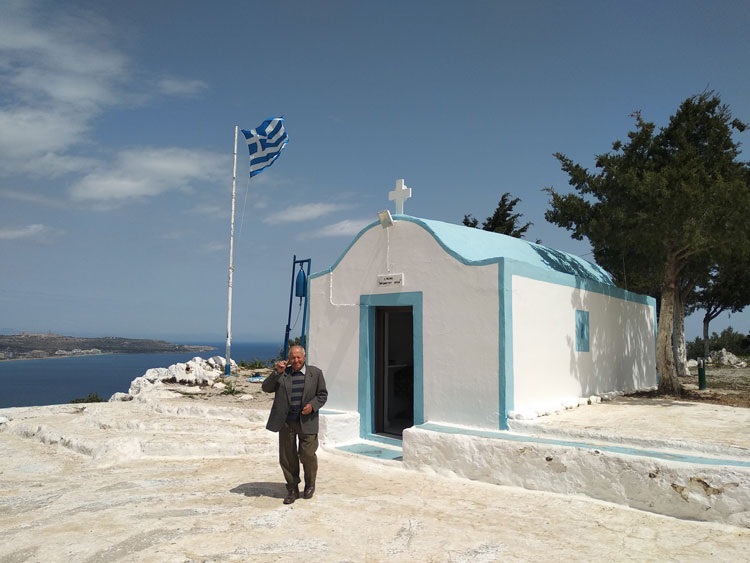
2. Greek language
Greek is one of the oldest languages in the world that’s still in use today. It’s believed to have been spoken more than 5,000 years ago, during the third millennium BC.
The oldest evidence of written Greek comes from clay tablets that are over 3,400 years old.
Today, Greek is the official language of both Greece and Cyprus, and its influence spread far beyond. Latin and Anglo-Saxon languages borrowed many words of Greek origin.
That’s why we use words like geography, philosophy, and biology.
3. Athena, the patron goddess of Athens
According to Greek mythology, Athena—the goddess of wisdom and war—and Poseidon competed to become the patron of Athens.
Each offered a gift to the inhabitants:
- Poseidon struck a rock with his trident, and saltwater sprang out.
- Athena planted an olive tree, symbolizing peace and prosperity.
King Cecrops chose the olive tree, as it provided food, oil, and wood. That’s how the city got its name from the goddess.
Even today, on the Acropolis of Athens next to the Erechtheion temple, you can see an olive tree that recalls this myth.

4. Navel of the world: Delphi
In ancient times, the Greeks believed that Delphi was the center of the world.
According to legend, Zeus released two eagles from opposite ends of the Earth, and they met right there.
A sacred stone called the omphalos (meaning “navel”) was placed in the sanctuary of Delphi to mark the spot.
The Oracle of Delphi, where the priestess Pythia gave her prophecies, was also located there—considered the most sacred site in the Greek world.
5. Colossus of Rhodes
On the island of Rhodes once stood one of the Seven Wonders of the Ancient World: the Colossus of Rhodes. It was a gigantic statue of the sun god Helios, built around 292 BC.
It stood 32 meters tall on a 15-meter marble pedestal at the entrance of Mandraki Harbor. It remained standing for only 66 years before an earthquake destroyed it.
Despite its short life, its fame spread across the world, and it’s still one of the island’s most iconic symbols.

Greek Food and Drinks
6. Olives and olive oil
The olive tree has been part of Greece’s history and daily life for thousands of years.
Although the tree isn’t native to the country, Greeks embraced it and turned it into a symbol of wisdom, strength, and prosperity.
Today, Greece is one of the world’s top olive producers and offers hundreds of varieties. Some of the most popular are:
- Halkidiki – large and green, with a mild flavor and crunchy texture.
- Kalamata – the classic black or purple olives, often used in salads.
- Koroneiki – small and green, perfect for making high-quality olive oil.
Olive oil has been used since ancient times not only for cooking but also as medicine, perfume, sunscreen, and even in religious rituals.
Winners of the ancient Olympic Games received amphorae filled with this precious oil, considered a true treasure.

7. Feta cheese
Feta is one of Greece’s greatest prides and can be found on almost every table in the country.
Its name comes from the way it’s cut into slices, and the first written references date back to the Byzantine Empire.
However, its history is much older. In Homer’s Odyssey, a similar cheese made by the Cyclops Polyphemus is already mentioned.
Traditional feta is made from sheep’s milk, sometimes mixed with up to 30% goat’s milk. In 2002, it received Protected Designation of Originstatus, meaning real feta can only be produced in seven regions of Greece.
If you travel around the country, don’t miss the chance to try an authentic Greek salad topped with a generous block of feta.

8. Cheesecake
Long before New York made cheesecake famous, the Greeks were already baking it.
In the 5th century BC, the Greek physician Aegimus wrote a treatise on how to make cheesecakes. Back then, they were served at banquets and considered a source of energy for athletes.
So next time you enjoy a slice of cheesecake, you can thank ancient Greece for the invention.
9. Frappe coffee
In Greek summers, frappe coffee is almost a way of life. It’s a cold coffee with ice and thick foam, accidentally invented in 1957 during the Thessaloniki International Fair.
Dimitris Vakondios, a Nescafe representative, wanted to make coffee but had no hot water, so he used cold water and a shaker instead. The result was an instant success.
For many years, it was the only cold coffee option in the country, though today it shares the spotlight with freddo espresso and freddo cappuccino.
Still, the frappe remains Greece’s favorite summer classic.
Greek Inventions and Contributions
10. Inventions
The ancient Greeks were pioneers in fields such as architecture, medicine, astronomy, and engineering.
We owe them fundamental ideas like democracy, logic, political science, and theater.
They also created more practical inventions, such as water mills, lighthouses, and water clocks.
Their curiosity and desire to understand the world marked the beginning of what we now call Western civilization.
11. First vending machine
This is one of the most interestings facts about Greece: the ancient Greeks invented vending machines over two thousand years ago.
The Greek engineer Hero of Alexandria created a device that released a small amount of holy water when a coin was inserted.
The mechanism worked with a system of levers and weights, very similar to modern machines.
Hero also designed other inventions far ahead of his time, including automatic doors, air-powered fountains, and the first known steam engine.
12. Plumbing and Sanitation

The Minoan civilization, which lived on the island of Crete more than 3,000 years ago, was one of the first to use underground clay pipes to bring clean water into homes and remove waste.
In the palaces of Knossos, archaeologists found remains of bathrooms with drainage systems and cisterns that reveal a surprisingly advanced level of engineering.
This plumbing system is considered one of the oldest in the world.
13. Antikythera Mechanism
In 1901, divers discovered the remains of a device off the island of Antikythera that changed how we understand ancient technology.
It was a complex astronomical calculator built around 150 BC, capable of predicting eclipses, lunar phases, and planetary cycles.
Known as the Antikythera Mechanism, it’s considered the first computer in history.
Today, it can be seen at the National Archaeological Museum in Athens and still amazes scientists with its precision.
14. Yo-yo
Although its exact origin isn’t entirely clear, the yo-yo appears on a Greek vase from the 5th century BC showing a child playing with one.
It’s believed to have been a popular toy among Greek children and could be made of wood, metal, or terracotta.
So if you thought the yo-yo was a modern invention, it actually has more than two thousand years of history.
Culture and Traditions
15. Traditional dances
Dance has been an essential part of Greek life since ancient times. Plato and Aristotle already mentioned its importance in education and celebrations.
Today, there are more than ten thousand types of traditional dances, with movements that vary from region to region.
The most famous is the Sirtaki, created for the film Zorba the Greek in 1964, where dancers stand in a line or circle and alternate slow and fast steps to the rhythm of the music.
Watching a group of Greeks dancing Sirtaki, with their arms over each other’s shoulders, is one of those unforgettable sights.
In the video below, you can see scenes from the movie Zorba the Greek.
16. Name day celebration
In Greece, name days are even more important than birthdays.
Most Greek names are linked to a saint, and when their day comes, families welcome visitors with flowers and sweets. No invitation is needed—it’s understood that doors will be open and something will always be offered to guests.
17. Orthodox Easter and red eggs
Orthodox Easter is the most important holiday in Greece. It’s celebrated with processions, candles, and a solemn atmosphere that ends on Saturday night with fireworks and a big family dinner.
One of the most charming traditions is the red eggs. Each person chooses a dyed egg, symbolizing the blood of Christ, and taps it against another’s while saying “Christós anésti,” which means “Christ has risen.”
The egg that doesn’t crack is said to bring good luck for the year.
18. The siesta and quiet hours
In Greece, the siesta isn’t optional—it’s almost sacred.
During the early afternoon, especially between two and five, the streets empty, many shops close, and the whole country seems to pause.
There’s even a rule known as the “silent hours,” which forbids loud noises during that time. It’s a moment to rest from the heat and recharge before continuing the day.
More than a habit, the siesta is part of the Greek lifestyle—just as important as coffee or chatting in the town square.
19. Evil eye
The evil eye, known as mati, is one of the most common superstitions in Greece. It’s believed that a look filled with envy can cause tiredness, headaches, or even bad luck.
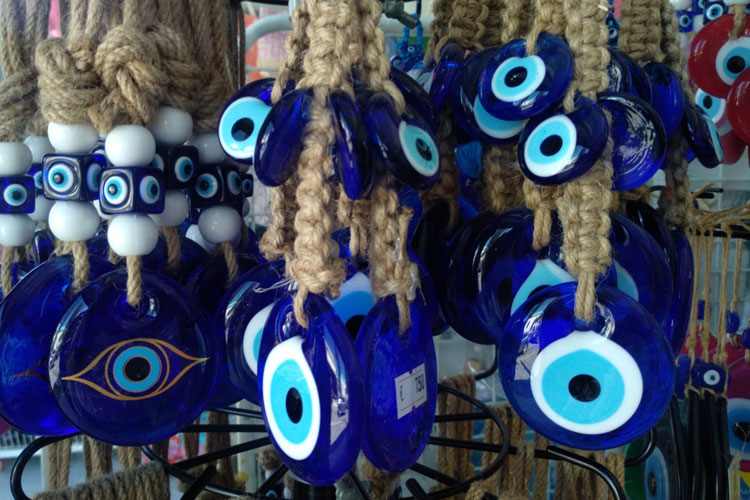
To protect themselves, Greeks use a blue eye-shaped amulet called a nazar, which you’ll see everywhere—from jewelry and keychains to souvenirs. Some older people even know how to “remove” the evil eye with prayers or small rituals.
20. Plate smashing
Plate smashing is one of Greece’s most eye-catching traditions. It’s done at weddings, parties, and even funerals as a symbol of joy, renewal, or farewell.
The custom began as a way to scare away evil spirits and has since become a symbol of the lively Greek spirit. During celebrations, while music plays and people dance, plates are thrown to the ground amid shouts of “Opa!”
21. Komboloi, the Greek pastime
The komboloi is a string of beads you’ll often see in the hands of older men sitting in cafes or strolling through the streets.
It originated in the monasteries of Mount Athos, where monks used strings with knots to count their prayers. Over time, it lost its religious meaning and became a tool for relaxation and focus.
It usually has an odd number of beads, made from wood, amber, or bone, which are rolled between the fingers in rhythm with one’s thoughts. More than just an accessory, the komboloi reflects the calm and slow pace of everyday Greek life.

Interesting Facts About Modern Greece
22. High heels ban
At first, this might sound like a strange fact about Greece. 😅 Since 2009, wearing high heels has been banned at archaeological sites.
The rule was introduced because thin heels can damage the ancient stones of places like the Acropolis. It makes sense, considering that even the ground is part of the historical heritage that needs protection.
The ban also applies during evening events at these sites, when visitors are more likely to dress formally.
23. Sunny days
Greece enjoys about 250 days of sunshine per year—the most in the Mediterranean.
It’s no surprise that it’s one of the most popular summer destinations. On many islands, it’s rare to see a single cloud from June to September, and rain is almost nonexistent.
24. Mountainous country
Although many people picture beaches and islands, Greece is actually the most mountainous country in Europe. Around 80% of its territory is covered by mountains or hills.
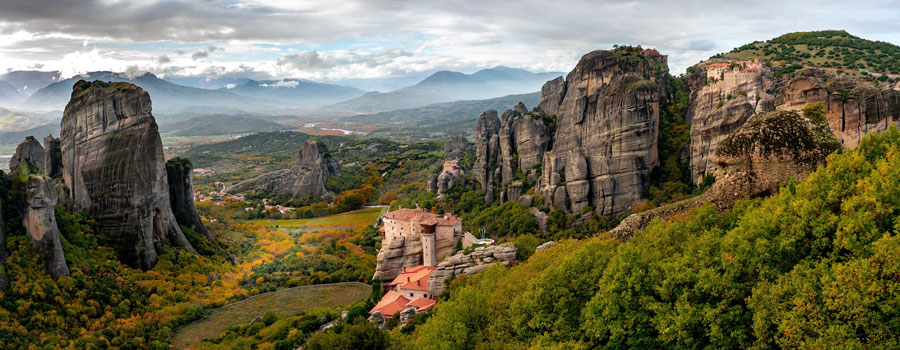
It has 18 peaks higher than 2,200 meters, with Mount Olympus—the highest—rising to 2,918 meters.
That mix of sea and mountains explains the country’s incredible variety of landscapes.
25. Endless coastline
Greece has more than 16,000 kilometers of coastline, about 7,500 of which belong to its six thousand islands.
Only 227 of those islands are inhabited, which means it’s still easy to find deserted beaches—even in the middle of summer.
In fact, the farthest you can ever be from the sea in Greece is just 137 kilometers. Not bad, right?

26. World Heritage Sites
Greece’s rich history is reflected in its 18 sites declared World Heritage Sites by UNESCO.
Among the most famous are the Acropolis of Athens, Delphi, Olympia, Mycenae, Epidaurus, Meteora, and the medieval city of Rhodes.
Each represents a different period in the country’s history, from Classical Greece to the Byzantine Empire.

27. Archaeological museums
Greece has more archaeological museums than any other country in the world.
There are over a hundred spread across the country, covering different periods—from ancient times to the Byzantine era.
Some of the most important ones are the National Archaeological Museum and the Acropolis Museum, both in Athens, as well as those in Delphi and Olympia.
28. White houses with blue roofs
The famous white houses with blue roofs you see in photos of the Greek islands weren’t painted that way for aesthetic reasons, but out of necessity.
In the past, homes were built with dark volcanic stone, which absorbed too much heat. To keep them cool, people started whitewashing them with lime, the cheapest and most accessible material on the islands.
The blue color came from adding loulaki, an inexpensive cleaning powder mixed with lime.
Years later, in 1967, the military government ordered that this color combination be preserved—and today it has become a national symbol.
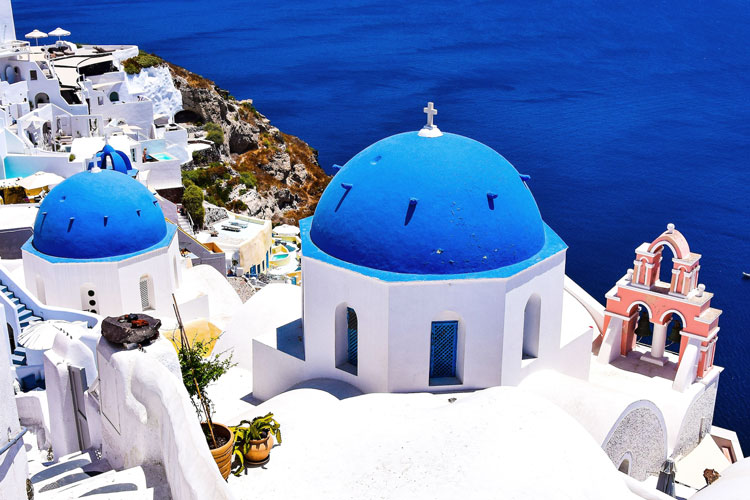
29. More theaters
Athens is the city with the most theaters in the world, with over 140 active stages—more than Broadway in New York or the West End in London.
It’s no surprise, since the Greeks were the inventors of theater and drama.
The Odeon of Herodes Atticus, shown in the photo below, sits at the foot of the Acropolis and is one of the most iconic. It still hosts concerts and performances today.
Can you imagine sitting in this ancient Greek theater listening to a rock concert? Well, it's possible! 🤟

Modern Gestures and Customs
30. Number five with your hand
This is one of the Greek fun facts that might save you from an awkward moment while traveling.
If you’re talking to someone in Greece, avoid raising your hand with your palm open and fingers spread. That gesture, known as moutsá, is considered an insult.
It dates back to the Byzantine Empire, when people guilty of minor crimes had their faces marked with charcoal, and showing an open hand symbolized that humiliation.
Today, it still carries a negative meaning, especially if the hand is moved close to someone’s face.
If you want to show the number five, keep your fingers together or turn your palm toward yourself.
31. Saying thank you
In Greece, gratitude is shown not only through words but also through gestures. One of the most common is placing your right hand over your chest and giving two or three gentle pats.
32. Saying something is delicious
When something tastes especially good, Greeks express it with a gesture very similar to the Italian one. You place your palm upward, bring your fingers together, and move your hand slightly up and down.
It’s a gesture that shows satisfaction and is often accompanied by a smile. Do it while enjoying your meal, and everyone will understand you perfectly—no words needed.
Final Thoughts
These interesting facts about Greece show just how much there is to discover beyond what meets the eye. Every corner holds a story, a custom, or a small detail that surprises and helps you better understand the country’s culture.
Learning about them is a different way to travel—seeing everyday life from a new perspective and appreciating the Greek spirit in every little gesture.
Which of these fun facts did you find most surprising? If you enjoyed this article, share it with other curious travelers. 👍
More about Greece

Hi, I’m Andrea, creator and author of Viajeros Activos (Active Travelers). I write about Southeast Asia, the Caucasus, and Europe. I’m a full-time traveler, passionate about good food, and always looking for new adventures.


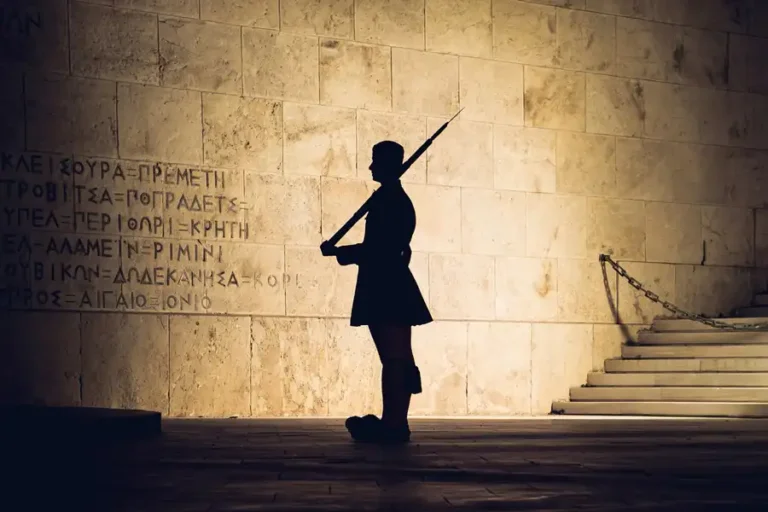
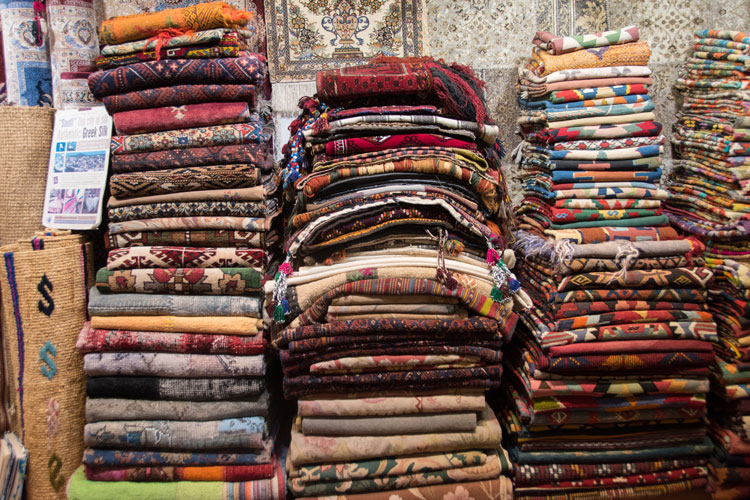
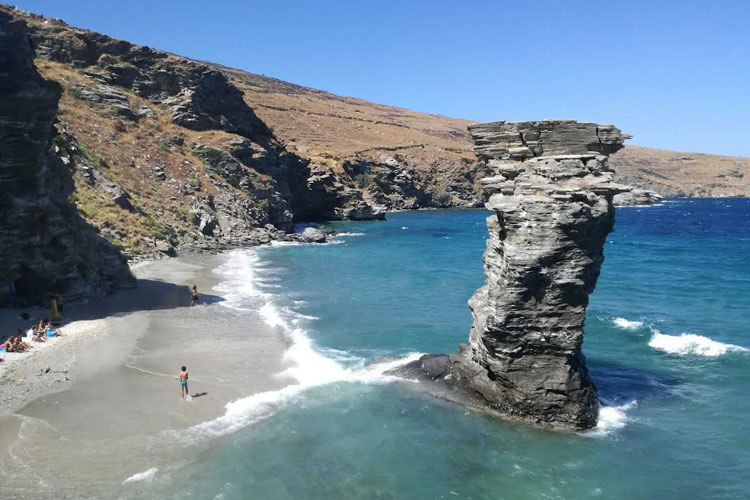
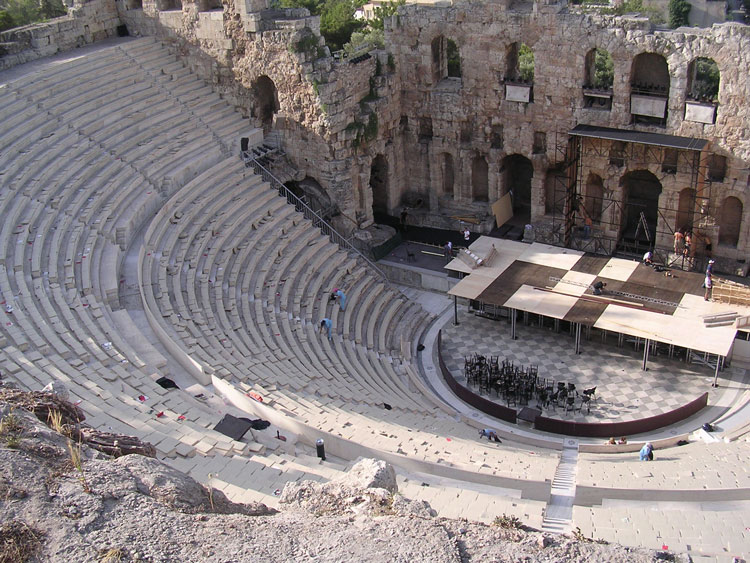
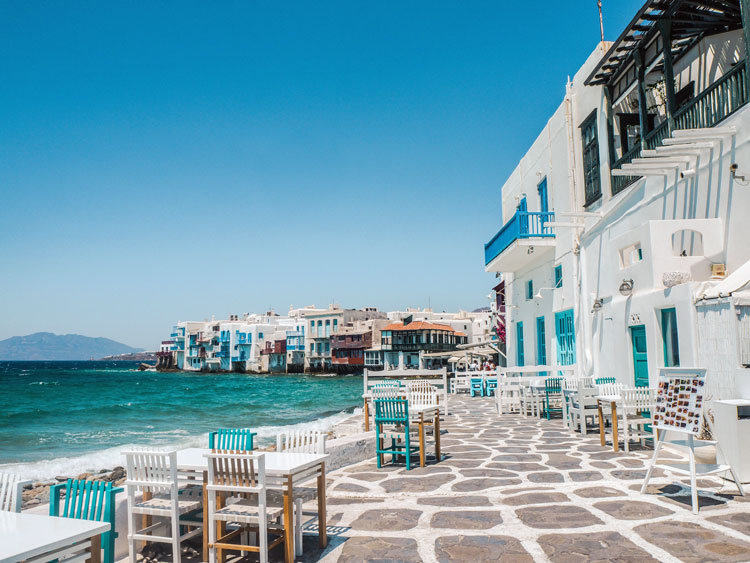
Hello: Please send me information about the 8-day Athens-Santorini-Mykonos Circuit.
Hello Jaime Jesus
This is a travel blog, I do not sell travel circuits.
Here I leave you the link to an article about Best all-inclusive trips to Greece There you can find a circuit that interests you.
Have a good trip!